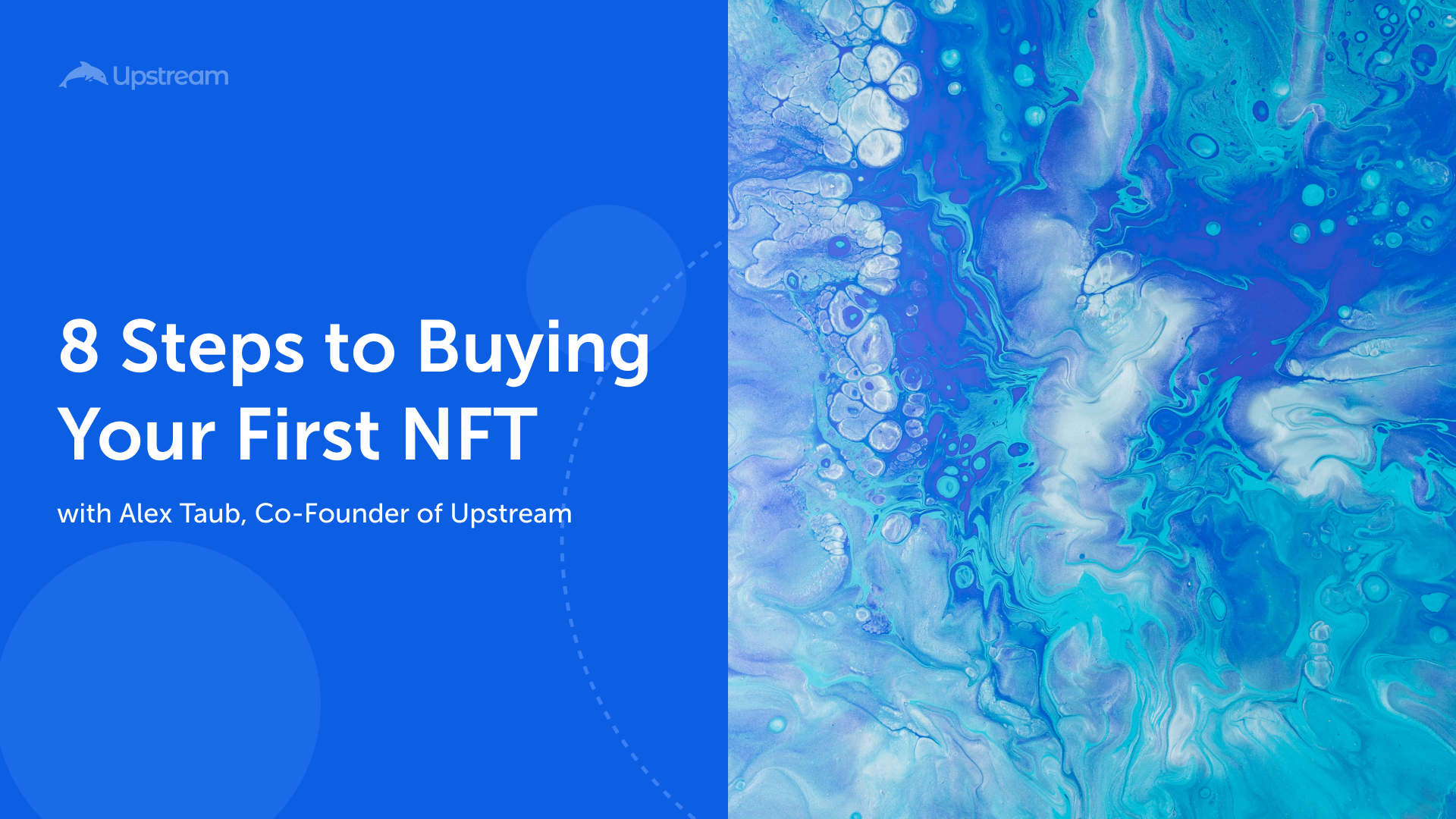
WTF is Staking?
In this blog, we explore what staking is and why it's an exciting opportunity in the space.
41% of crypto owners bought crypto for the first time in 2021, according to Gemini’s 2022 Global State of Crypto Report.
Most people buy crypto with the intention of holding onto the tokens until the price (hopefully!) goes up.
But there is another way to monetize your tokens, passively. This method is called “Staking,” which means you lock up your tokens for a certain amount of time in a network, protocol, or exchange for an expected return.
We spoke with Bobby Thakkar and Pavan Sethi to break down what staking is and how it works.
You can watch the full video here. Check out the highlights from their discussion below!
What does “Staking Crypto” mean?
In the simplest definition, staking means you put crypto tokens you own into a protocol, network, or exchange for a set period of time, in order to earn an expected reward (which comes in the form of additional tokens.)
The tokens you stake are held in the system and used to validate the transactions in the system or provide liquidity.
For example, Ethereum is currently a Proof of Work blockchain that requires users to process transactions. When you stake Ethereum, the staked tokens are held in a quasi-state where the tokens act as computers that validate other transactions. This will change when ETH 2.0 and Proof of Stake come into effect. You can read more about ETH 2.0 here.
It’s important to note that when you stake tokens in a blockchain like ETH that uses Proof of Stake, the staked tokens cannot be withdrawn or used during the staked period. Many DeFi protocols that utilize staking will also ask you to lock up your tokens for a certain period of time that you agree upon when you decide to stake.
The easiest comparison is a Certificate of Deposit, where you let the bank use your money for a set period of time and earn money in return as a reward, in the form of interest.
What are the risks involved in staking?
When staking tokens, two critical questions to ask yourself are:
- Who am I providing liquidity to?
- Why are they giving me rewards?
Every action performed on-chain in crypto is uninsured, so there's always a risk involved regarding investing your assets.
When you stake an asset in a blockchain, you're staking it into a smart contract. The possibility of losing money lies in whether there are exploitable flaws in the contract. Apart from that, there's also a risk of getting hacked, which could lead to you losing all or part of your assets.
There's also the risk of the token price going down. Additionally, if you stake through an exchange, you're not necessarily staking your funds in the smart contract yourself. In this scenario, the exchange becomes a single point of failure that could be exploited.
In terms of an entire blockchain protocol as it relates to its PoS consensus mechanism, the market could lose confidence in the blockchain and the price could go down. You’d be stuck holding the token for whatever duration you've chosen to stake your funds.
You can manage risk by investing in audited contracts and doing your research. Auditing a smart contract involves checking the contract for flaws or weak points that hackers could exploit along the line. This auditing process is done by auditing firms.
Why do some platforms offer higher APYs?
Upcoming tokens or exchanges use higher annual percentage yield (APY) to incentivize users to provide liquidity for a particular token.
There are some risks associated with this. If you’re staking to provide liquidity and earn rewards, as people earn rewards and sell their tokens, the liquidity decreases. The the value of the token can drop, as less people are likely to borrow from the pool. Basically, you don’t want to be the last person in the pool.
The drop in value cuts the earned rewards by a percentage of their original value. When the user finally decides to sell their tokens, if no one is willing to buy them or if the remaining liquidity around the token goes to zero, the token becomes worthless.
How to get started with Staking?
First, acquire assets you want to stake. This means buying tokens you don’t readily need access to that you’d be able to go without for a set amount of time without touching them.
Then, do your research! Ask friends, join Discords, join the weekly Upstream crypto chats, attend the Upstream Crypto Genius Bar sessions, read on crypto twitter, and learn about what opportunities make sense for your personal and financial circumstances.
There are several platforms where you can manage your assets, such as rabbithole.gg, Lido.fi, Zapper.fi, and Zerion.io.
As with all activities, we recommend you do your own research and make sure you feel comfortable with the risks associated with staking before getting started.








